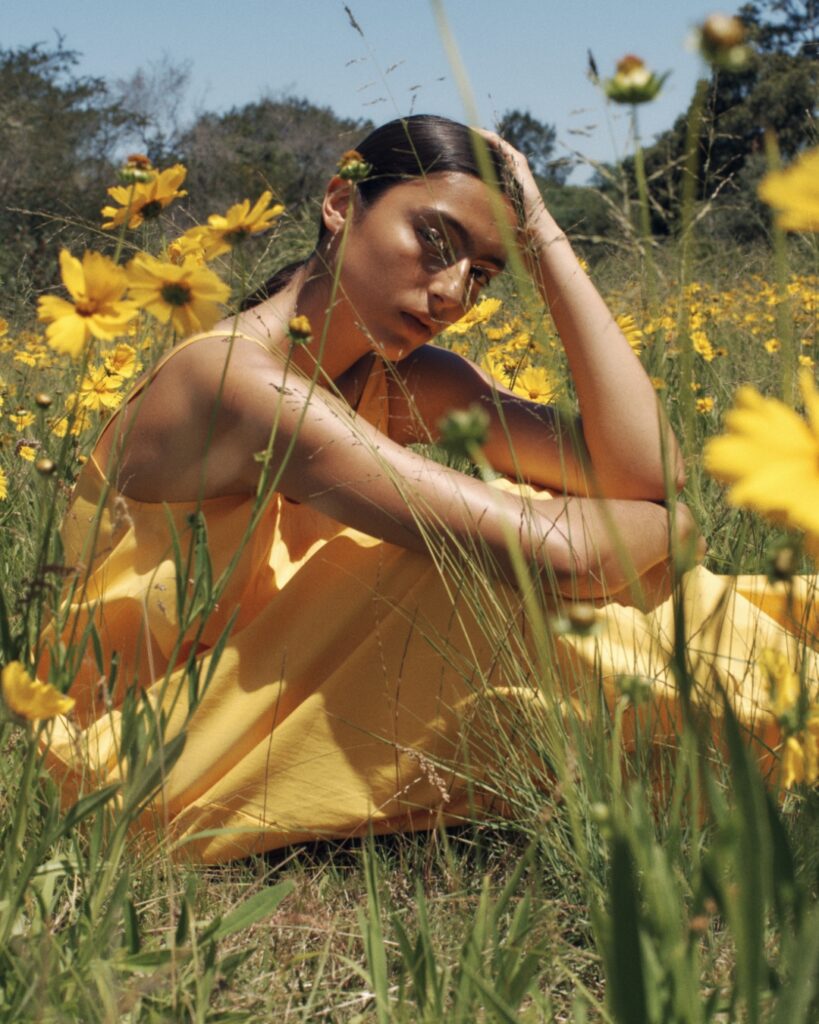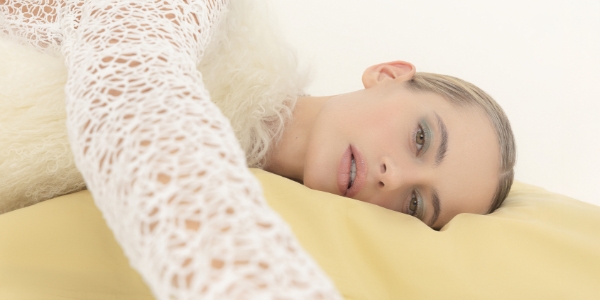
Vogue‘s Andre Leon Talley calls it “the Super Bowl of fashion social events”…
And in The First Monday in May, we get to see why the Met Gala is considered the most exclusive party in the world. The film gives fashion fans the first ever glimpse inside the infamous Gala and the people who make it happen, including Vogue‘s queen bee, Anna Wintour.
The Gala coincides with the opening of the annual fashion exhibit at the Metropolitan Museum of Art’s Costume Institute, for which the Gala raises funds. Andrew Bolton is the man behind the exhibition, and as Head Curator for the Costume Institute, relies on Wintour’s philanthropic efforts to make his work possible.
At NZD$36,000 a pop, tickets to the Met Gala don’t come cheap. Despite this, the waiting list gets bigger every year (in the film, we see Wintour ruthlessly culling invites). The funds raised from the evening not only cover the NZD$3.6 million party itself, but also the entire annual budget of the Anna Wintour Costume Centre, the wing which houses the collection of the Costume Institute.
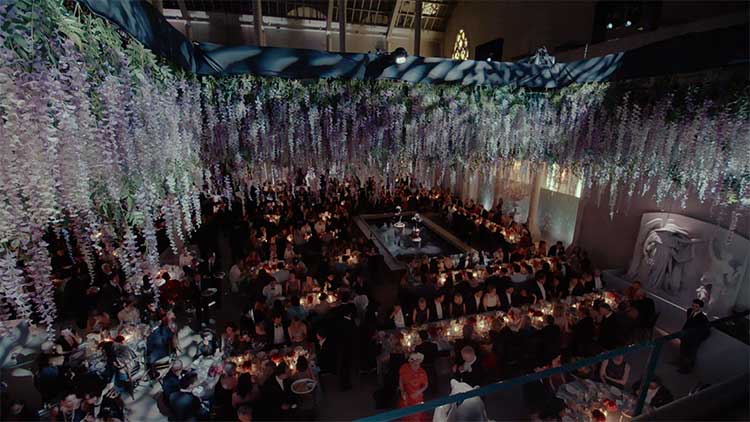
Film director Andrew Rossi tracked the nine months leading up to the Gala night. He chats to FQ about the project and why he was not content with making a film that was just about “party planning”:
FQ: How exactly did this collaboration come about? We hear you met Anna Wintour and her team after they saw your film, Page One: Inside the New York Times, and you just kind of stuck around!
Andrew Rossi: Yes, that’s correct. They approached me about trying to make a movie that brings to life the Costume Institute at the [Met] Museum. The objective was always to look at the role of the Gala as a support to what Andrew Bolton does, and to really focus on the curatorial mission of viewing fashion as an art form and to see the marriage of art and commerce. I wasn’t as interested in doing a movie about party planning, but I think there is an interesting connection to be drawn between the work Andrew is doing and the work that Anna does as a hostess of that event and curating a night for all the people who contribute to the museum. So it ended up being a great representation, I hope, of this very rarefied world.
Had the Met Gala, or certainly any kind of fashion film, ever been on your radar as a documentary subject prior to this?
Even though I don’t view myself as a ‘fashionista’ or someone who has got that deep well of experience in it, fashion has always interested me. I love making films where I learn a lot about the world I’m going into and hopefully I bring that sense of that to the audience so that they also are also going on a journey and understanding what the foundational elements are of that world.
What or who was the thing that made you agree to tackle this project?
For me it was Andrew Bolton, who is so passionate about fashion as art. He has a really sophisticated understanding of it – both historically and also in a contemporary way – of the radical function that fashion can play in terms of expressions of gender and sexuality and cultural appropriation. But he’s also very human and we see him in very vulnerable ways throughout the film. It was once I started getting to know him that I felt he would be the ideal vehicle to go into this world and explore all these complicated ideas with, but still have a sense of someone’s journey and the stakes that they are facing.
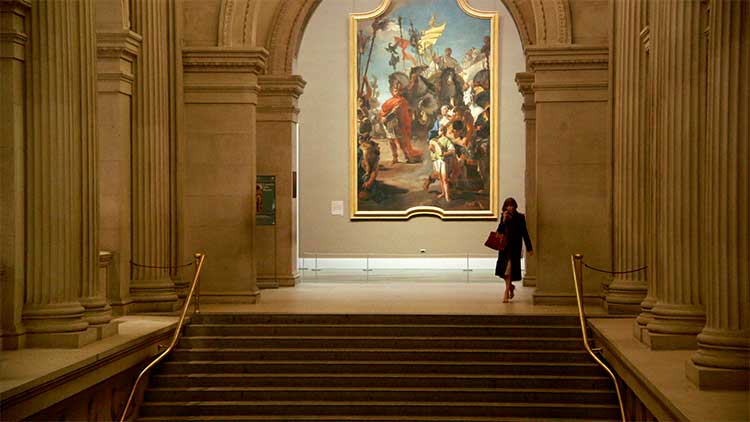
Getting the balance right in editing must have been difficult – how did you go about cutting between your two main protagonists, Anna and Andrew?
This was a central challenge of making the film, beyond the production and dealing with restrictions and obstacles – sometimes reasonable, sometimes difficult – of shooting an intimate portrait of the museum. But I think the main challenge for editors Chad Beck and Andrew Coffman, was to let the story unfold chronologically while also allowing the viewer to divide their sympathies, so they’re rooting for both Andrew Bolton, who’s heading the Costume Institute; and Anna, who is charged with producing the Gala. Of course, you already know they’re going to succeed because many people who see the film know the show itself actually went on and was successful. But I think it’s in the vicissitude of their experiences and in their fighting to get what they want, that we see why it matters and what the stakes are for them. We shot for nine months and acquired over 200 hours of footage so we sifted through that to get those key moments: whether that’s Anna clashing with the people at the MET and persuading them to close a wing of the museum in order to have a rehearsal for a performance at the Gala; or whether it’s Andrew Bolton trying to persuade the curator in charge of the Asian art department that the works of fashion can co-exist with the original and authentic works of Chinese art already in the galleries. We try to focus on these moments of conflict, which come together between both narrative strands, and then weave them like a braid basically.

Anna has previously admitted she plays up to that tough-as-nails character that people expect her to be, but in some instances in the film, she comes across as quietly contemplative and raw. Was that the ‘real Anna’?
I think so. That scene in the end when she’s watching her daughter [Bee Schaffer] put on an Alexander McQueen dress designed by Sarah Burton and she’s just quietly absorbing the moment -it’s full of emotion. [It’s] a mother seeing their daughter at this meaningful time, appreciating the dress that Sarah Burton has made. But it also happens to be a day or so before the Gala takes place so she’s also stressed out – so she’s on the phone, she’s managing the guest list. She doesn’t say a lot in that moment but when Baz Luhrmann comes in and talks about her legacy, that’s when I found that was new within the canon of Anna Wintour depictions that we have in the media. She was, in a quiet way, very interested in advancing Andrew Bolton’s mission to see fashion not just as a superficial commodity but rather as a space where there can be an expression of great artistic form and interpretation. And that doesn’t necessarily fit with the idea of her as the ‘dragon lady’!
After you went Inside the New York Times, was it tempting to turn this film into another The September Issue? There’s definitely an appetite for more behind-the-scenes glimpses of Anna and Vogue…
Well yes, it was very tempting. And I think I indulged that temptation as much as I could because we probably could have made a whole separate film just about the creation of the special issue which Chloe Malle [Vogue’s social editor] edits. The issue features stories about the art in the show and the people involved and also has pictures from the Gala. There was a great crew of editors and writers who work on that and we filmed them for a long time. But ultimately, we felt that narratively it would have been too much of a stretch to include that in the final film, because we really wanted to focus on this bigger idea about art and commerce coming together.

What is your one favourite moment or scene in the film and why?
I guess I have two really. But if I had to choose one, it would be when Andrew Bolton is walking through the galleries at the end of the movie. Rihanna has just finished performing, and he [Andrew] has this really emotional moment. In a way he’s just shuffling through the gallery, making sure everything’s in place. But as we go through, a song called ‘Wild as the Wind’ performed by Cat Power plays and it’s a moment where these works of fashion are almost animated – like they’re alive – because this song talks about creatures and the wind. To me it looks almost Night at the Museum or something, where the artworks in the museum come to life when no one is there. So you’re seeing this contrast of the party – where Rihanna is literally dancing on the tables – and the galleries, where these works of art are quietly all alone except for Andrew Bolton. But these two things must co-exist – one of them is about raising the money so it can take place and the other is about honouring the art.
China Though the Looking Glass was obviously a subject manner that required gentle handling just as much in the film as in the exhibition itself. Did this scare you or intrigue you as a filmmaker?
It definitely intrigued me. We didn’t want to impose our judgement on what the characters were doing or what Andrew Bolton’s ultimate conclusion was in his curatorial statement with the show. We really just emphasised certain conversations and conflicts and allowed them to all speak for themselves.
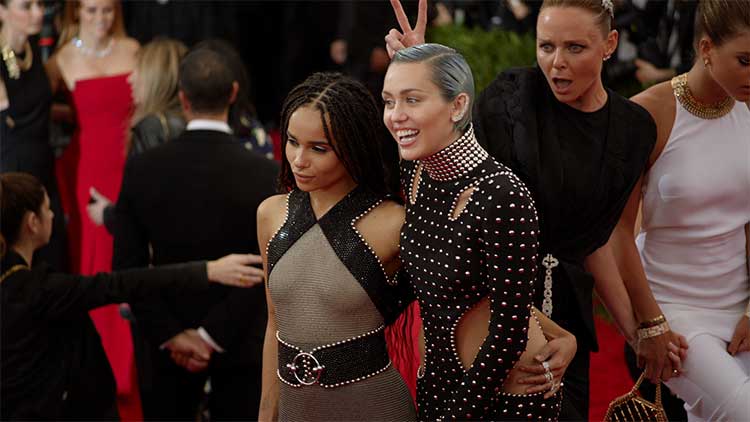
What do you hope people take away from the film as they’re leaving, especially people who aren’t ‘fashion people’?
Hopefully, an open mindedness about fashion. I hope they’re motivated to learn more about fashion and to look more about the role of fashion in the history of art. Also the sort of imaginative leaps that fashion designers can take to make things that transcend the regular clothes that we wear.
What is next on the horizon for you?
I’m working on a lot of different projects, and sadly, I haven’t got to a point where I can talk about them! But I like doing things in very different areas, in lots of different spheres.
Would you do another fashion film?
Absolutely. Yes. I think as a film maker it’s so cinematic, so visual, and many – if not most – of those people working in that world are so passionate about what they’re doing. They’re so much larger than life and it’s a joy to work in it.
* If you’d like the opportunity to go to a preview screening of The First Monday in May with FQ, make sure to register your details here. We have double passes to give away to both our Auckland and Wellington screenings.



